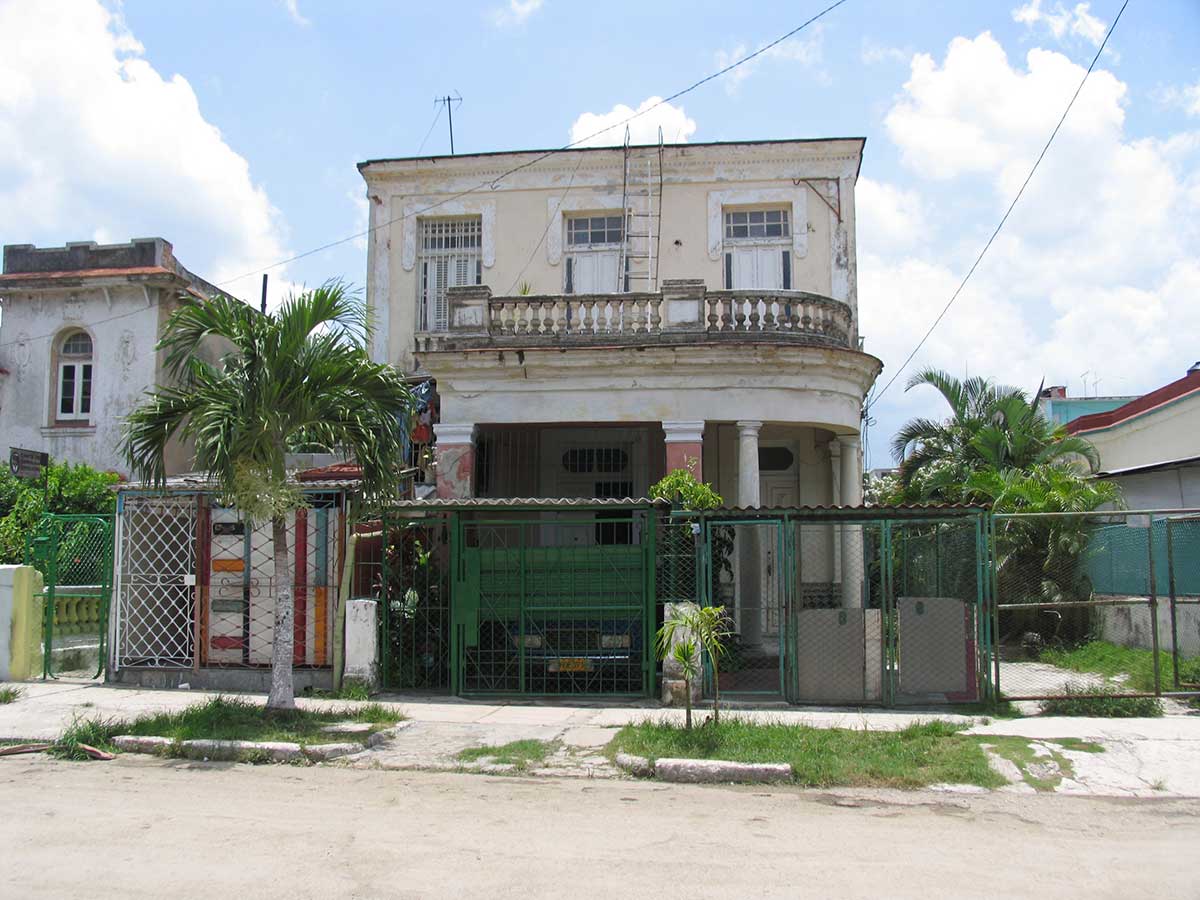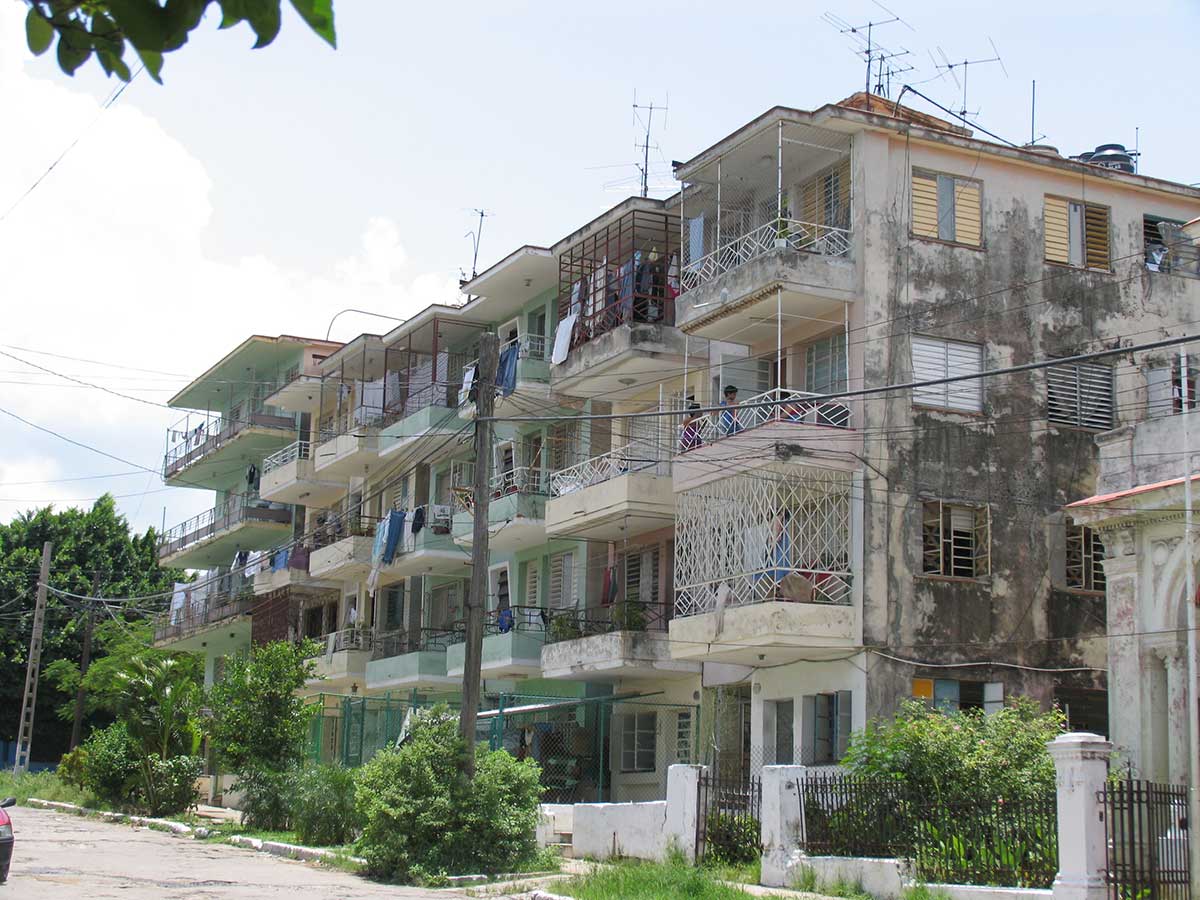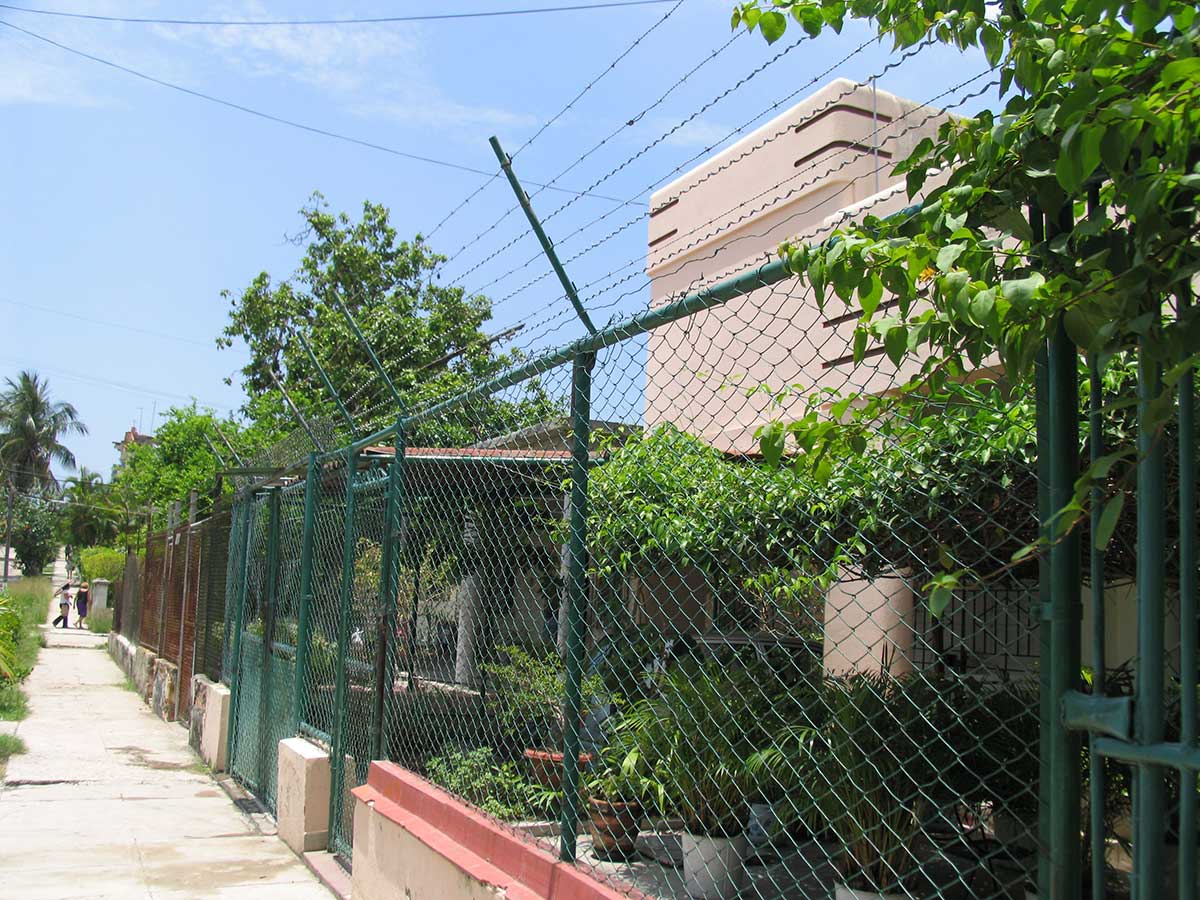One of the most striking changes to emerge with the rise of Cuba’s hotels, factories and assembly plants owned by joint ventures between foreign investors and the state or corporations owned by the state alone lay in the lifestyles of the employees hired to staff them, particularly those in the upper echelons of the pay scale. Beginning in the early 2000s, the majority of homes in many residential neighborhoods where these workers resided suddenly started to resemble cages: that is, owners built fences and iron bars, installed barbed wire and even layered one set of metal screening on top of another, all for the apparent purpose of preventing theft—or just as likely, to ensure no neighbor or visitor could simply walk in. Other home owners who adopted the same security aesthetics did not even work for the state but their small restaurant or illegal wedding-dress rental company thrived because they also counted on help from relatives abroad. Whatever its source, clear to those who lived in cage-free houses was that those inside them were not millionaire merolicos. How were some Cubans getting rich? Did that tiny minority of Cubans who had sheets, towels, domestic appliances, VHS machines, new television or even cam-corders (like image 30) really have that much to fear?






